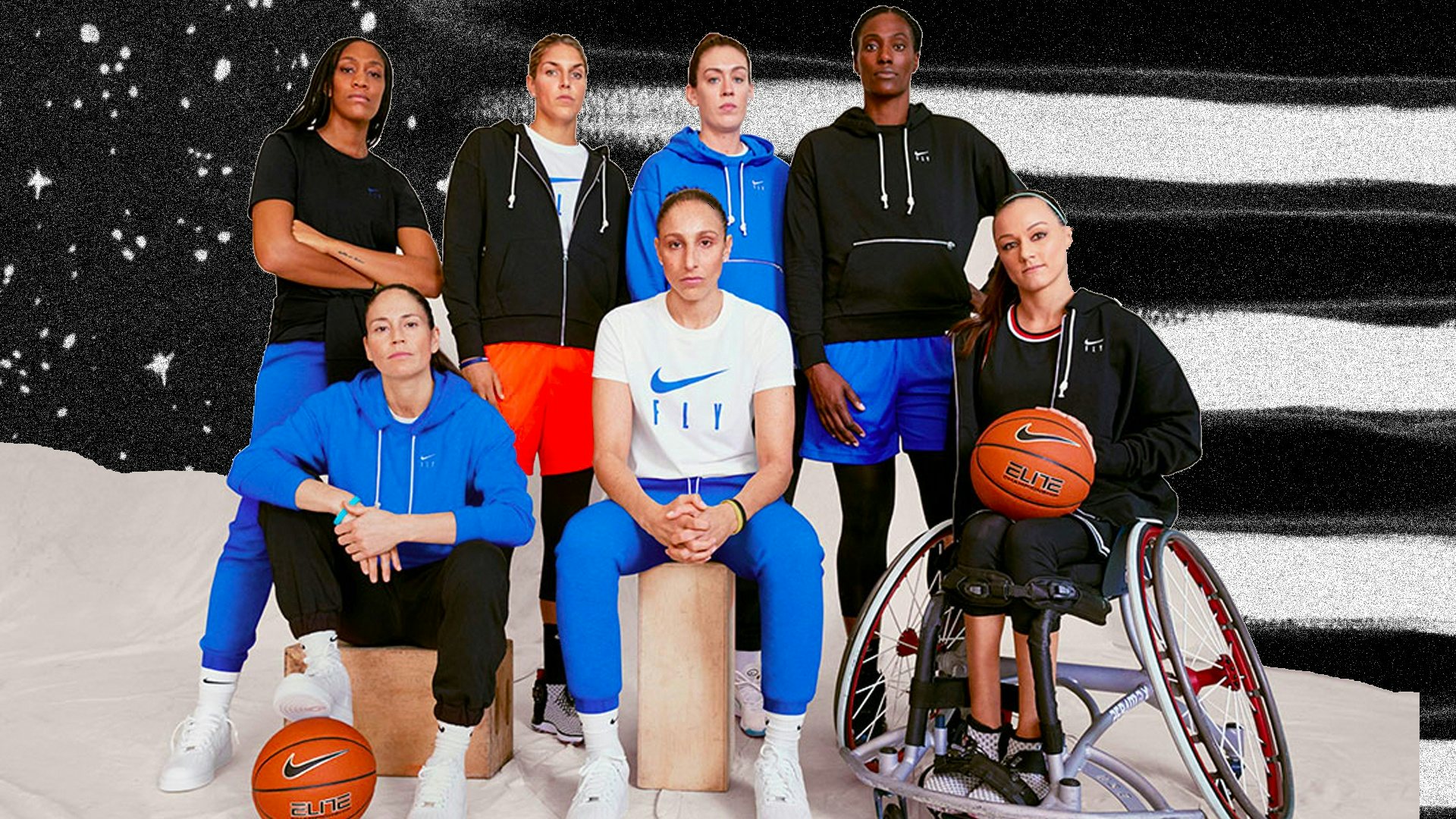According to the Nielsen Global Brand-Origin Survey, nearly 75 percent of global respondents consider a brand’s country of origin as important as or more important than other purchasing benefits. Patrick Dodd, group president, Nielsen Growth Markets, puts it this way: “In a crowded retail environment, brand origin can be an important differentiator between brands.” We can see the implications of being a brand associated with the US in the European Union market. In recent years, the “Made in America” brand has somewhat lost its shine, with WWDarguing that European consumers are less inclined to buy American brands in the post-COVID-19 era. In fact, WWD claims that the “coronavirus pandemic is a growing P.R. problem for notably American brands selling in Europe.”
The Morning Consult also mentions “the decline of the American brand in Europe.” According to a series of Morning Consult surveys conducted among 5,000 adults in France, Germany, Italy, Spain, and the United Kingdom, the United States ranked among the worst of any country or region when it came to perceptions of how it is dealing with COVID-19 infections. On average, over 40 percent of consumers in the five European countries said COVID-19 had made them “less favorable towards American brands.” Furthermore, views of the American soft power and the Trump administration also tarnish the American brand.
However, the decline of the American brand didn’t happen overnight and already in 2003, during the George W. Bush presidency, some European businesses started boycotts against American brands and products. For example, in Hamburg, Germany, 10 owners of French restaurants eliminated alcohol, tobacco and other goods with American brand names from their menus. According to CBS News, some protesters participated in the efforts as retaliation against the boycott of French products in the United States, and others to protest the war in Iraq. CorpWatch states that the “symbolic” protests happened in dozens of bars and restaurants in Hamburg, Berlin, Munich, Bonn, and other German cities.
Although the 2003 protests were mainly isolated events, Anti-American sentiment has continued to grow in the past two decades, with many Europeans feeling that they no longer have an emotional connection with American brands. Take Jeep, which is perceived as one of the most patriotic US brands. Having an American identity and being a brand that represents only American values can fall flat outside the US if their brand story only resonates with American consumers. It’s brand message may not have the same impact with global buyers.
Additionally, president Trump’s tit-for-tat foreign policy has angered many European partners and has even pushed local consumers more toward domestic brands. The “buy local” attitude is even seen as a patriotic response to America’s foreign policy. Many progressive European consumers believe that domestic brands have been unfairly targeted by Trump’s administration, so they feel that it’s their responsibility to take action.
Nevertheless, American brands can overcome the negative perceptions associated with the national brand. Beyond distancing themselves from president Trump’s divisive message, American brands need to, in essence, rebrand what they stand for to win back global consumers.
Nike, for example, is the global sports apparel leader known for its social activism. Their campaigns and coordinated efforts promote equality, diversity and freedom of expression under the “Just Do It” concept. And despite being a strong competitor to European sports apparel brands like Adidas and Puma, European consumers don’t have a negative perception of Nike. On the contrary, most consumers not only like the brand but also its brand story and efforts.
Granted, American brands cannot have different political and social beliefs for different regions of the world. Just imagine a brand that globally tackles social issues, but at home remains silent against abuses. Such behavior would make a brand story hypocritical and fake. Many consumers want brands to be agents of change. Moreover, promoting global values vs. American values would be a good place to start, as American values mean distinct things to different consumers.
Just think about the 2019’s Super Bowl Jeep ad and those images of military service members and baseball games, and you understand why the advertisement was a success in the US, but didn’t have the same emotion connection in the rest of the world.
In the ad, Jeep doesn’t convey images of global unity or it tries to align itself with a global audience. It just says that Jeep is a utility SUV that’s proud to stand for the American troops and the American lifestyle. Evidently, the ad was created for the US public, but in the borderless digital world, limiting the audience is usually a mistake.
Nowadays, with a simple mouse click, consumers in Europe and Asia can see any video online and decide if they want to be associated with American interventionism or a sport played mostly in the Americas. Evidently, there were other great American ideals and images that Jeep could have selected if it wanted to reach a global audience.
In the end, however, standardizing positive values and investing in global branding efforts will bring far more advantages than pushing an all-American strategy and viewpoint on the rest of the world.

